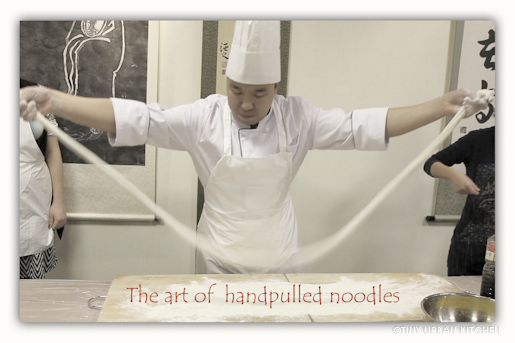
It's arguably becoming a lost art.Many of you might know that I'm a bit obsessed with hand-pulled noodles.
OK, I should clarify. My husband is obsessed with eating fresh, handmade noodles. As a result, I became obsessed with figuring out how to obtain them. After an exhaustive search of Boston, we realized that hand-pulled noodles do not exist in Boston.
So I set out to learn how to make them myself. It wasn't easy. I soon learned that the internet is sparse when it comes to information in English for making hand-pulled noodles. Sure, there's some information, but at the end of the day, I think a lot of the information is still hidden in China.
So when I went to Beijing last fall (after having made my noodle making Project Food Blog post), you know what I had to do. I signed up for a hand-pulling noodle class with a Chinese noodle master.
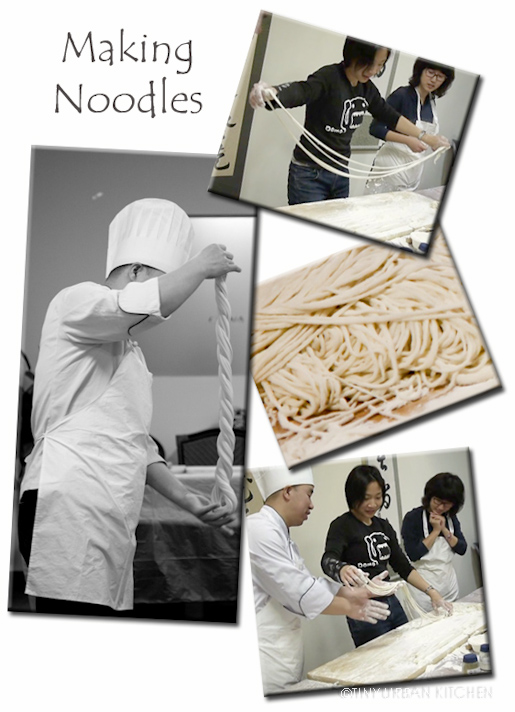
First, we learned that Beijing-style hand-pulled noodles are different than the Shaanxi-style hand-pulled noodles. Shaanxi-style hand-pulled noodles make use of a base (called kansui or jiansui), which is typically a mixture of potassium carbonate and sodium carbonate. The version I had been making at home was based on this method, but used sodium bicarbonate instead (baking soda), since it was easier to obtain in US markets. Beijing noodle dough, on the other hand, is simple, consisting only of high gluten four (te jing fen), water, and salt.
What causes hand-pulled noodle dough to be flexible and stretchy?
1) an increased water to dough ratio
2) the addition of salt
3) continual kneading and twirling of the dough

Because the class was only 2 hours long, the instructor had pre-kneaded the dough for us already. (Yeah, I know, he did the hardest part!) Nevertheless, it was interesting to learn some proper techniques related to dough twisting and pulling.
The idea is to stretch out the dough like a rope, bring the two ends together while twirling, and then stretch the dough again to its original length. Check out the video below to see this in action. You do this over and over and over again until the dough reaches the right consistency. It takes a bit of experience to be able to tell when the dough is the right consistency. A proper dough will be soft, pliable, and can stretch easily without breaking.
Many things can affect the quality of the dough - humidity in the air that day, temperature, gluten percentage in your dough. He told us that on a humid summer day you may only need to twirl for about 10 minutes, whereas in the winter you may need to twirl for 15-20 minutes.
Ideally, you twirl in different directions each time: counterclockwise, then clockwise, etc.
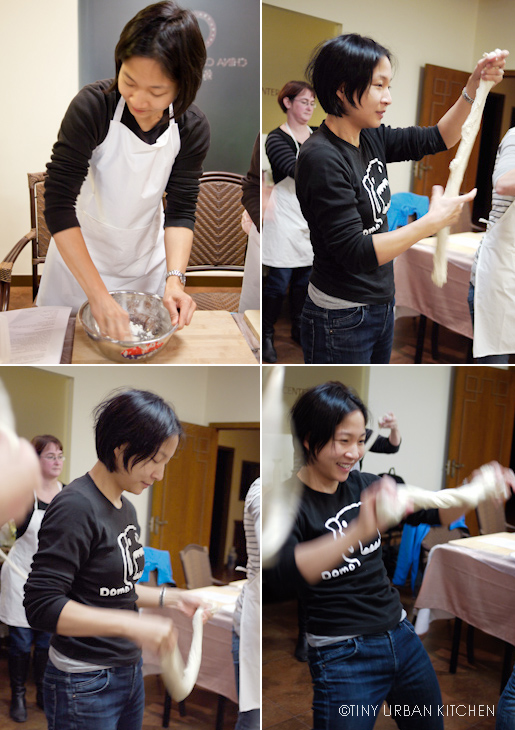
If you have trouble watching the video embedded here, click here to go straight to Youtube
How to make hand-pulled noodles, la mian, shou la mian,
All Rights Reserved







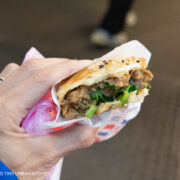

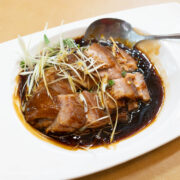
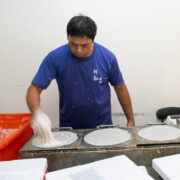
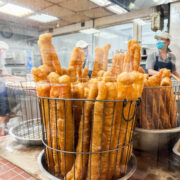


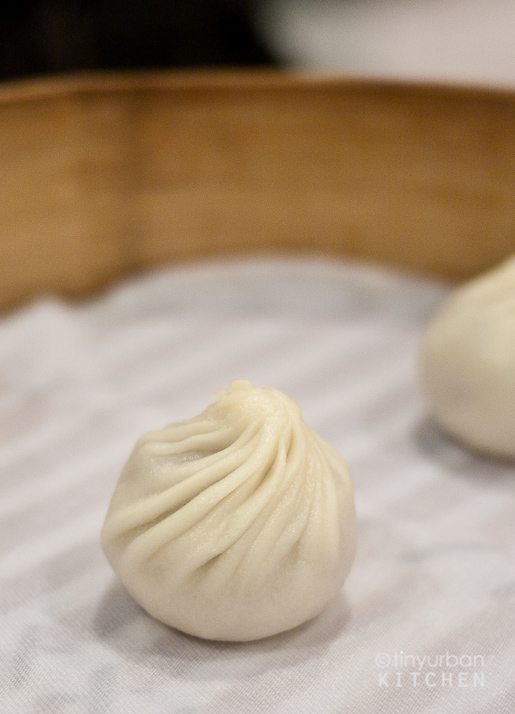
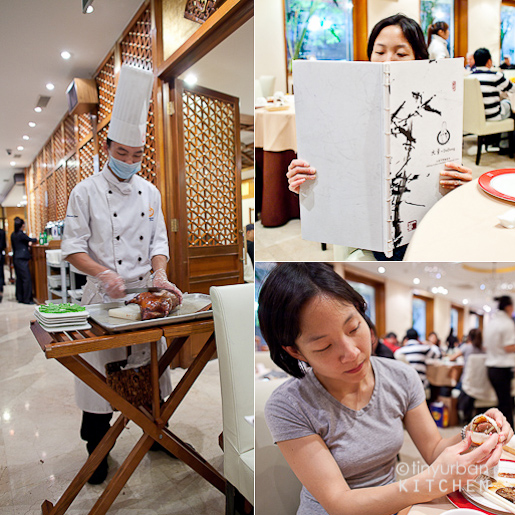
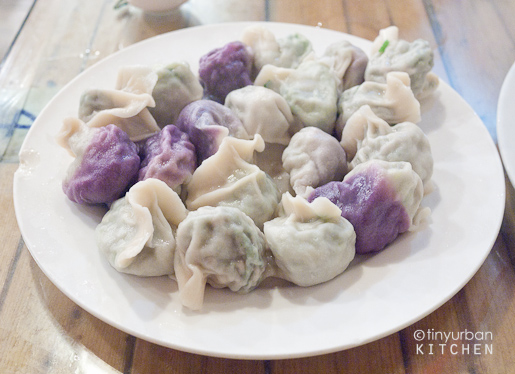
[…] Lanzhou Beef Lamian is a type of a very spicy soup of sliced beef, radish, red chili oil and chewy hand-pulled wheat noodles. A dish that originated in Lanzhou, China this where it is known for the springy texture of the […]